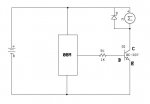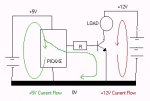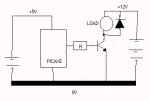@120thingsin20years
You've only changed the text label for the link in your signature - you need to change the hyperlink URL itself which can be done by putting the cursor somewhere in the hyperlink whilst editing it and clicking on the appropriate button in the editor.
You've only changed the text label for the link in your signature - you need to change the hyperlink URL itself which can be done by putting the cursor somewhere in the hyperlink whilst editing it and clicking on the appropriate button in the editor.



